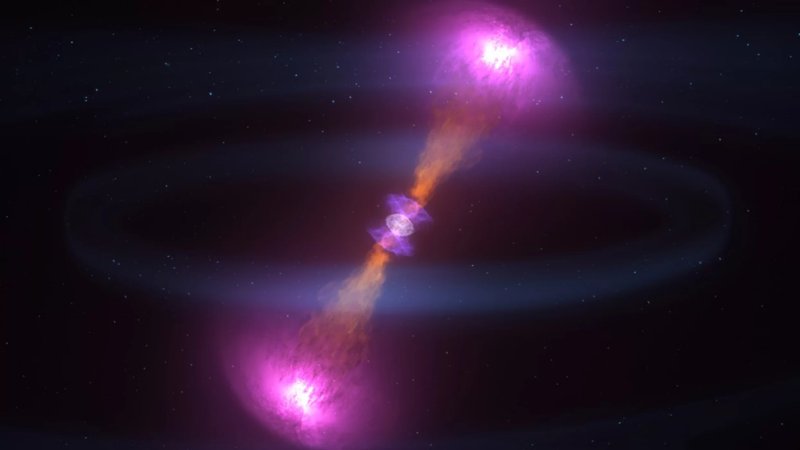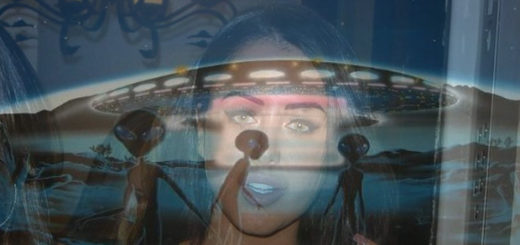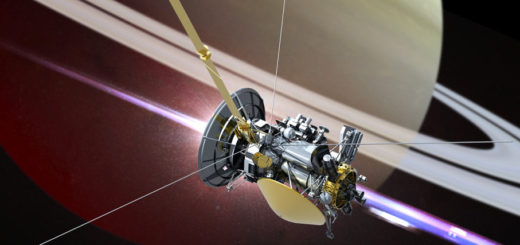How Gravitational Waves And ‘Multi-Messenger’ Research Will Change Astronomy
Scientists announced Monday (Oct. 16) that the era of multi-messenger astronomy has officially begun. But what does that phrase mean, and how will it change the study of the cosmos?
This is the first time scientists have seen gravitational waves and light waves from the same event. Studying the universe with these two fundamentally different types of information is like observing the world with multiple types of sensory input, such as vision and hearing — it offers the possibility of a richer understanding of the world, researchers said. [When Neutron Stars Collide! What the Hubble Telescope and Others Saw (Videos)]

“This is the first time the cosmos has provided for us what I would call a talking movie,” said David Reitze, executive director of the LIGO laboratory, at a news conference yesterday. “We’ve moved from the era of silent movies to talking movies. In this case, the audio soundtrack comes from the [gravitational wave] ‘chirp’ of the neutron stars … as they are orbiting together and colliding. And the video is basically the light that we see after the collision.”
Laura Cadonati, deputy spokesperson for the LIGO Scientific Collaboration, who also spoke at the news conference, used a similar analogy when describing what it is like for astronomers to look at the universe with only light, compared to the combination of light and gravitational waves.
“To me, this is equivalent to the transition from looking at a black-and-white picture of a volcano to sitting in an IMAX 3D movie that shows the explosion of Mount Vesuvius,” Cadonati said. “[In the 3D movie], you are surrounded by the flashes of light, and engulfed in the sounds of the volcano fury.”
The neutron star collision was first detected by the Laser Interferometer Gravitational-wave Observatory (LIGO) — which made the first-ever direct detection of gravitational waves in 2015 — and the Virgo gravitational wave observatory, which made its first detection of gravitational waves earlier in August.
LIGO and Virgo, on the other hand, can identify the types of objects creating the gravitational wave signals these instruments detect. Multiple scientists said that the GRB associated with the Aug. 17 neutron star merger was not particularly noteworthy by itself, and there was no special reason for other astronomers to go and observe it in different wavelengths. It was only because of the gravitational wave signal that other observatories looked at this event, discovering a treasure trove of data.



 Creators of mankind
Creators of mankind Description of “Tall white aliens”
Description of “Tall white aliens” Where they came from?
Where they came from? About hostile civilizations
About hostile civilizations The war for the Earth
The war for the Earth “Tall white aliens” about eternal life
“Tall white aliens” about eternal life Video: “Nordic aliens”
Video: “Nordic aliens” Aliens
Aliens Alien encounters
Alien encounters The aliens base
The aliens base UFO
UFO Technology UFO
Technology UFO Underground civilization
Underground civilization Ancient alien artifacts
Ancient alien artifacts Military and UFO
Military and UFO Mysteries and hypotheses
Mysteries and hypotheses Scientific facts
Scientific facts


















